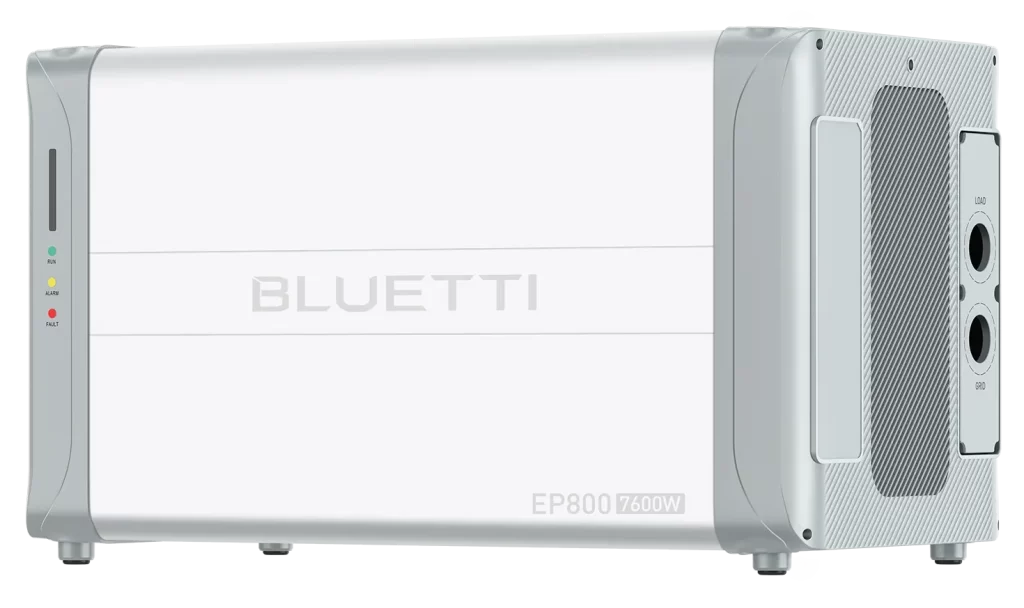
Electrical enclosures fundamentally house sensitive electronics and protect them from environmental factors like water, dust, and corrosion. The NEMA (National Electrical Manufacturers Association) and IP (Ingress Protection) ratings serve as the two primary standards that enable users to understand the protection levels these enclosures offer. While these ratings are often cited together, they have distinct scopes, testing procedures, and origins. In this article, we will demystify NEMA and IP ratings, comparing their different values and providing a handy chart to find their closest equivalents.
Introduction to NEMA Ratings
Founded in 1926 in the United States, NEMA has developed standards for electrical products to ensure their quality, safety, and performance. Some common NEMA ratings for electrical enclosures include NEMA 1, NEMA 3R, NEMA 4, and NEMA 4X.
Key NEMA Ratings Explained:
- NEMA 1: Indoor use primarily to provide a degree of protection against contact with the enclosed equipment.
- NEMA 3R: Outdoor use to provide a degree of protection against falling rain and sleet; undamaged by ice formation.
- NEMA 4: Indoor or outdoor use to provide a degree of protection against windblown dust, rain, and hose-directed water; undamaged by ice.
- NEMA 4X: Same as NEMA 4 but with added corrosion resistance.
Introduction to IP Ratings
The International Electrotechnical Commission (IEC) introduced IP ratings as part of the global standard IEC 60529. Generally, two numbers indicate the IP rating. The first number signifies protection against solids, and the second number indicates protection against liquids.
Key IP Ratings Explained:
- IP22: Protection against solid objects greater than 12mm and against dripping water.
- IP54: Dust-protected and protected against splashing water.
- IP65: Dust-tight and protected against water jets.
- IP68: Dust-tight and suitable for continuous submersion in water.
- IP69K: Dust-tight and protected against close-range high-pressure, high temperature spray.
NEMA vs. IP Ratings: Comparative Chart
| NEMA Rating | Closest IP Equivalent | Key Features |
|---|---|---|
| NEMA 1 | IP10 | Basic protection, indoor use |
| NEMA 3R | IP14 | Rain and sleet resistance |
| NEMA 4 | IP66 | Dust and hose-directed water |
| NEMA 4X | IP66 (with material specifications) | Corrosion resistance, dust, and water |
Points of Distinction:
- Regional Adoption: NEMA ratings are more prevalent in North America, while IP ratings are globally recognized.
- Scope: NEMA is more comprehensive, including factors such as corrosion resistance and material type. IP focuses mainly on ingress protection.
- Testing: NEMA tests can include conditions like oil exposure, corrosion, and icing, whereas IP tests typically do not.
Conclusion
To choose between NEMA and IP ratings, you must understand the environment in which you’ll use the electrical enclosure. While NEMA offers more comprehensive guidelines, including factors like construction and materials, IP ratings offer a more straightforward approach to gauge protection against solids and liquids. Using the chart above, you can find the closest equivalents between these two systems, aiding in your selection process.
